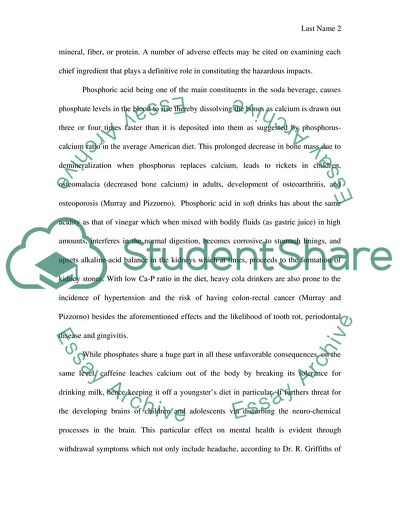Cite this document
(Not Found (#404) - StudentShare, n.d.)
Not Found (#404) - StudentShare. https://studentshare.org/medical-science/1736509-hazardous-effects-of-soft-drinks-on-human-body
Not Found (#404) - StudentShare. https://studentshare.org/medical-science/1736509-hazardous-effects-of-soft-drinks-on-human-body
(Not Found (#404) - StudentShare)
Not Found (#404) - StudentShare. https://studentshare.org/medical-science/1736509-hazardous-effects-of-soft-drinks-on-human-body.
Not Found (#404) - StudentShare. https://studentshare.org/medical-science/1736509-hazardous-effects-of-soft-drinks-on-human-body.
“Not Found (#404) - StudentShare”. https://studentshare.org/medical-science/1736509-hazardous-effects-of-soft-drinks-on-human-body.


